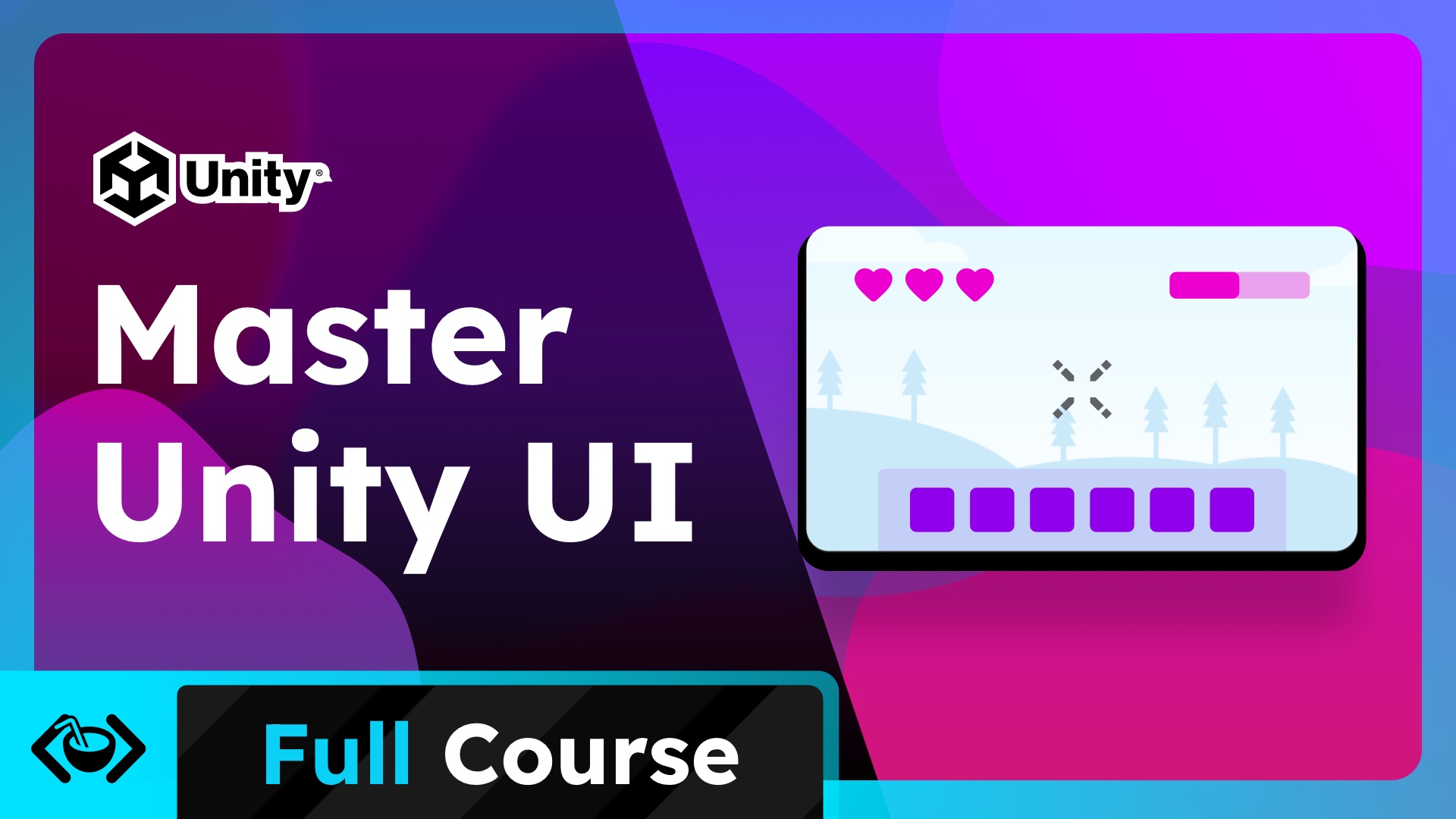RPG Maker Unite review

Introduction
For many aspiring game developers, the RPG Maker series was the gateway drug into the world of game creation. Famous for its approachable drag-and-drop map editor, event-driven logic, and sprawling database systems, RPG Maker made it possible for anyone to create a classic JRPG without writing a single line of code. Now, with the arrival of RPG Maker Unite, the beloved engine takes a bold new step—moving directly into the Unity ecosystem.
In this blog, I’ll share my hands-on first impressions with RPG Maker Unite. If you’re curious about how this plugin integrates with Unity and how it shapes up for both newcomers and RPG Maker veterans, read on!
Preview
Setting Up RPG Maker Unite in Unity
RPG Maker Unite isn’t a standalone application; instead, it’s a robust plugin available on the Unity Asset Store. After purchasing, setup is straightforward: install Unity Hub, create a new empty project, and import RPG Maker Unite from Unity’s Package Manager.
Preview
Upon launching, you’ll notice that while the foundational Unity interface is present, the entire workflow is transformed. RPG Maker Unite overlays its classic editor onto Unity, replacing elements like the standard Play button with its own controls. The top menu bar feels different, but the modular Unity layout means you can rearrange windows to create your ideal workspace.
Three Pillars of RPG Creation
RPG Maker’s simplicity boils down to three main editing modes:
- Drawing your maps
- Creating events
- Managing your game’s database
Let’s dive into each mode:
Map Creation: A Blend of Old and New
The map editor in RPG Maker Unite will feel familiar to those who have used Unity’s built-in Tilemap system. You select tile objects, choose your tools, and draw across multiple layers. Creating new maps is as simple as clicking an option in the sidebar—each comes with customizable settings.
The asset library is huge, featuring classic world maps, interiors, and dungeon tiles. Each tile can be configured globally (for example, blocking player passage with a click), making scene setup easy compared to layering and collision logic in standard Unity projects.
Preview
A few notes:
- Adding tiles to your palette now has more steps compared to previous RPG Maker versions. While this grants more flexibility, it might slow down beginners.
- The majority of included graphics are imported from prior RPG Maker releases. The retro style is charming, but some may crave fresh art assets in future updates.
Preview
defining the player's starting position is as simple as right-clicking on the map and selecting “Initial Placement” → “Player.” With just this, launching your game immediately gives you a functional menu and character controls.
Built-in music and soundtracks can be easily assigned for each map—adding atmosphere with a few clicks.
Event System: Visual Scripting for RPGs
What truly sets RPG Maker apart is the event system: visual scripting blocks that allow you to build complex game logic and narrative flow, all without touching code. RPG Maker Unite retains the intuitive event layering approach. Entering Event mode overlays triggers and lets you add interactivity anywhere on your map.
From simple conversations to branching dialogue, character movement, or even full battle systems, you have an easy-to-understand menu of event actions. Behind the scenes, advanced users can still customize more deeply using variables and conditional logic blocks.
Tip: The event system is perfect for prototyping. Even if you’re planning a custom Unity RPG, using RPG Maker Unite to mock up story scenes and quest flows accelerates iteration.
Preview
Early Verdict: Who Is RPG Maker Unite For?
RPG Maker Unite is a wonderful fusion of RPG Maker’s legendary accessibility and Unity’s spacious power. If you’re an old fan of the series, you’ll appreciate the comfort and speed with which you can build classic JRPG experiences. If you’re a Unity enthusiast, RPG Maker Unite can be a great prototyping tool or a gateway to finishing your own story-driven game—without heavy coding.
There are a few quirks: the asset import system could be improved, and a fresh batch of art assets would be welcome. But the core experience is as welcoming as ever, making RPG creation fun, fast, and flexible.


